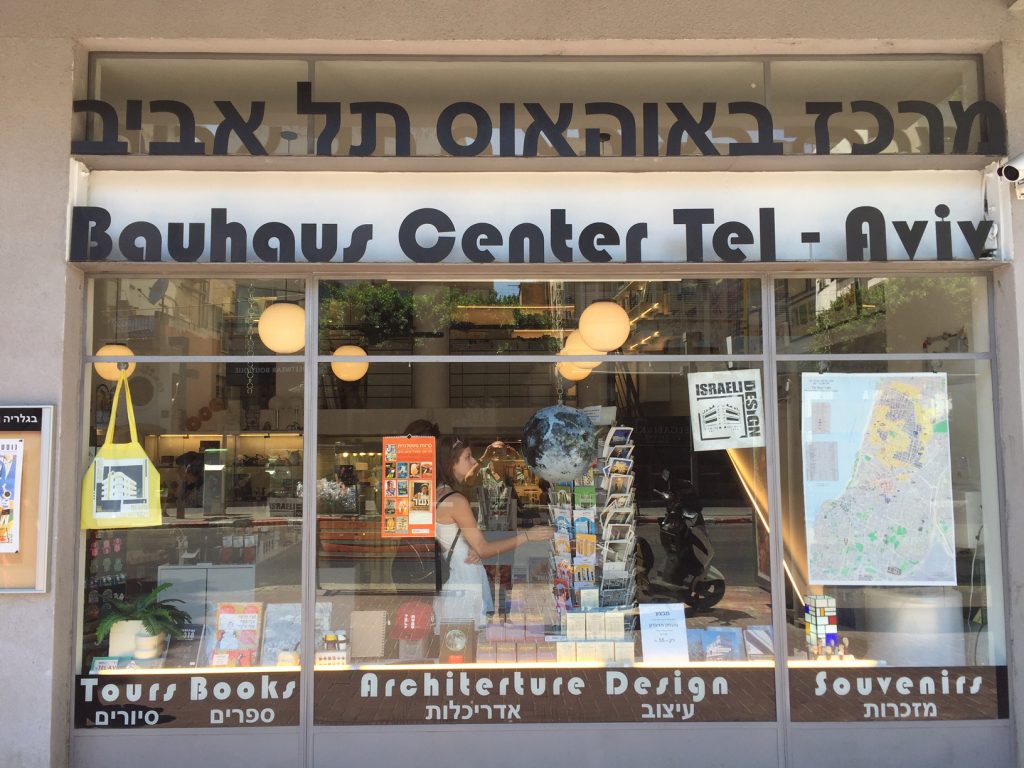2019 marks the 100th anniversary of the Bauhaus architectural movement. A style that especially in its initial phase aimed to recover traditional methods in construction and sought to promote the commercialisation of products that were accessible for most of society.
One hundred years of a unique and distinctive style that finds its greatest exponent in Tel Aviv.
To celebrate the centenary of this architectural style, the White City Center, co-founded by the City Council, the Tel Aviv Foundation and the German Government (the home of Bauhaus), will open on September 19. It aims to demonstrate and value the magnificent architectural heritage of the White City, the name given to the collection of more than 4000 Bauhaus buildings in Tel Aviv that have been World Heritage Sites since 2003.
The new center
The new center is located in the Max-Liebling House, an 80-year-old Bauhaus school building, which after the German-Israeli agreement on the preservation and conservation of the Bauhaus landscape in Tel Aviv, will re-emerge as the White City Center’s headquarters. From September 19-21, the White City Center and other parts of the city will put on exhibitions, workshops, guided tours and lectures about the Bauhaus movement. And afterwards, the new Tel Aviv center will also promote German-Israeli collaborations that, through strategies, technologies and innovative products, contribute to the sustainable conservation of the buildings.
Tel Aviv Open House, an annual architectural event in the city, is also taking place on the same weekend and will showcase hundreds of interesting houses and unique buildings. There will be many architectural tours in several languages open to the public throughout the city, all free of charge and without the need to register in advance. Bauhaus is an architectural style born in Germany but deeply rooted in the heart of Israel.
The Bauhaus style is commonly characterised by its simplicity, geometric lines, functionality and white colour. A characteristic that gave Tel Aviv the informal title of the “White City”, and made it a UNESCO World Heritage Site back in 2003 for being “an outstanding example of the planning of a new city and its architecture at the beginning of the 20th century”. Although Tel Aviv is the most representative city of the movement, Bauhaus was started by Jewish architects in Germany in 1933 who then emigrated before the start of the Second World War.
They adapted the buildings in Tel Aviv to the existing desert climate, building purely functional, unadorned buildings with narrow balconies and a monochromatic aspect to protect them from the sun.
Large windows were favoured by the German school, but in Tel Aviv the windows were made smaller as there’s too much sunlight and heat. The architects who moved to Tel Aviv also saw the need for proper ventilation and constructed interior courtyards, which over the years began to accommodate the life and services required by the inhabitants of the growing city.







